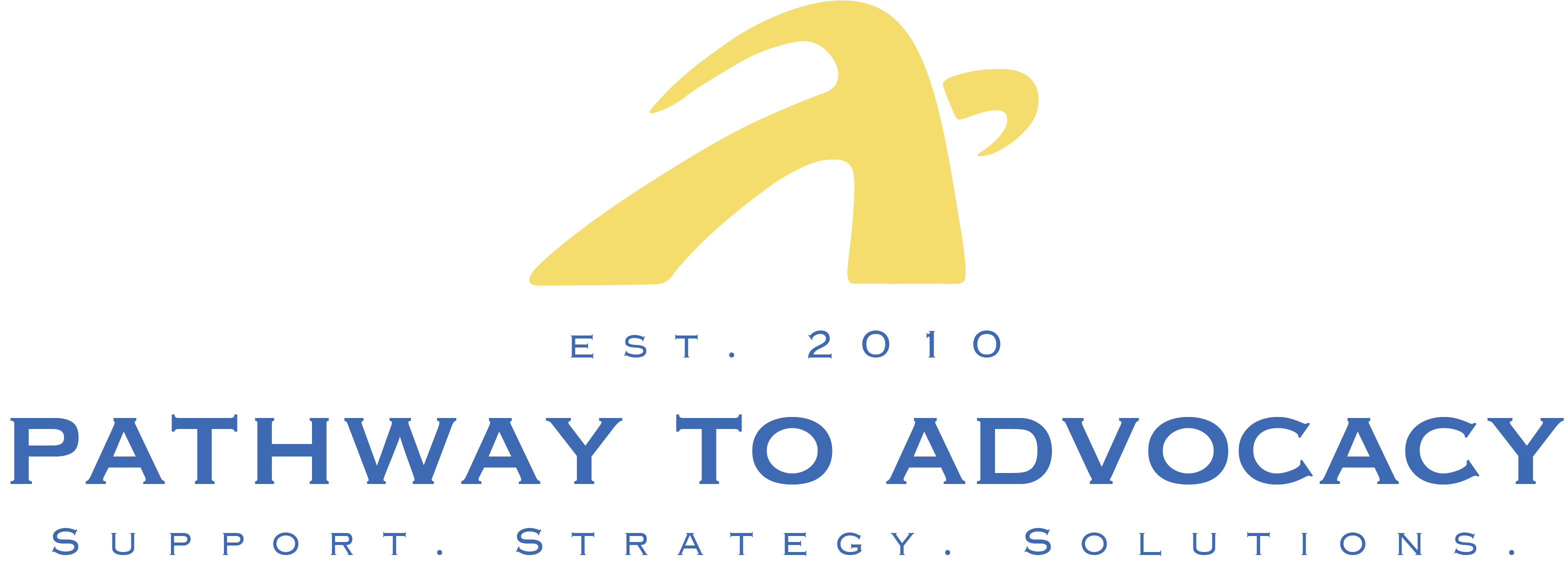If you’re the parent or caregiver of a child with a disability, you’ve likely found yourself asking:
“Am I doing enough?”
“How do I know what my child is entitled to?”
“Why does this process feel so overwhelming?”
You’re not alone. Navigating the special education system takes heart, patience, and persistence—but you can do it, and you don’t have to do it alone.
This guide will walk you through everything you need to know about special education advocacy—from understanding your child’s rights to building strong school partnerships, and knowing when (and how) to push back when things go off track.
What Is Special Education Advocacy?
Special education advocacy is the process of actively supporting your child’s rights, needs, and educational success within the school system. It means learning how to:
-
Understand and apply federal and state special education laws
-
Communicate clearly with school teams
-
Identify when your child’s needs are not being met
-
Take appropriate action—whether through collaboration or formal dispute resolution
Being an advocate doesn’t mean being combative. It means being informed, persistent, and focused on solutions.
Know Your Rights (and Your Child’s)
The first step to becoming an empowered advocate is understanding the laws that protect your child’s access to education.
Here are the three most important:
-
IDEA (Individuals with Disabilities Education Act): Ensures eligible students receive a Free Appropriate Public Education (FAPE) in the least restrictive environment (LRE), and provides for an Individualized Education Program (IEP).
-
Section 504 of the Rehabilitation Act: Protects students from disability-based discrimination and guarantees reasonable accommodations.
-
ADA (Americans with Disabilities Act): Extends anti-discrimination protections to all areas of public life, including schools.
California’s Education Code mirrors and reinforces many of these protections, meaning families here have strong rights even when federal systems shift.
Build Your Advocacy Toolkit
To advocate effectively, you’ll want a few essentials in your back pocket.
📁 Create a Parent Binder or Digital File
Organize:
-
IEPs and 504 Plans
-
Assessments and evaluations
-
Meeting notes and emails
-
Report cards and progress reports
Being able to reference documents quickly during meetings or disputes can make a world of difference.
📚 Keep a Working Knowledge of Key Terms
Know what terms like FAPE, LRE, SST, and prior written notice mean—and how they show up in your child’s case.
Not sure what something means? Ask for clarification! You’re not expected to be an expert—just an informed participant.
Communicate Strategically
Effective advocacy is rooted in strong, respectful communication.
Here are a few go-to phrases:
-
“Can you help me understand the rationale behind that decision?”
-
“What data are we using to measure progress?”
-
“I’m concerned this may not align with the goals outlined in the IEP.”
Document conversations with follow-up emails and keep tone calm but firm. You want to build partnerships, not barriers—but you also want to be taken seriously.
Monitor Progress—And Speak Up Early
Even the best IEP can fall apart without proper follow-through. Be proactive:
-
Ask for regular updates on IEP goal progress
-
Watch for signs of regression or unmet needs
-
Keep an eye on service logs, attendance, and communication notebooks
If services aren’t being delivered, or you see signs of academic or emotional distress, don’t wait—request an IEP meeting or assessment.
You don’t need to wait until the annual IEP meeting. If something isn’t working, you have the right to reconvene the team at any time.
Know Your Dispute Resolution Options
Sometimes, despite your best efforts, you’ll hit a wall.
In California, you have several options:
-
Request a due process hearing (through the Office of Administrative Hearings)
-
File a compliance complaint (with the California Department of Education)
-
Request mediation (voluntary, often faster than hearings)
-
Seek support from an advocate or attorney to guide you through next steps
Each option serves a different purpose. If you’re not sure which one is right for your situation, reach out for support.
When to Bring in an Advocate
There’s no shame in asking for help.
A special education advocate can:
-
Review your child’s IEP or 504 Plan and flag areas of concern
-
Help you prepare for school meetings
-
Attend meetings with you to support communication and decision-making
-
Explain legal rights in plain language
-
Guide you through the dispute process if necessary
Whether you’re navigating your first IEP or facing a more complex challenge, an advocate can provide clarity, reassurance, and strategy.
Empowered Advocacy Starts with You
You know your child better than anyone. You see their potential, their challenges, and their victories—big and small.
By becoming an informed, proactive, and collaborative advocate, you give your child what every student deserves: a team that believes in them and is committed to helping them succeed.
No one is perfect at this. Advocacy is a learning process, and every step forward counts. And when things get tough? You don’t have to face it alone.
Need Help Advocating for Your Child?
At Pathway to Advocacy, I work alongside families like yours to help navigate IEPs, resolve disputes, and build partnerships that actually support your child’s success.
Whether you’re overwhelmed, stuck, or just need someone to help you think through next steps, I’m here to help.
📩 Contact me to schedule a consultation
🔗 Learn more about my services
Together, we can create a pathway that works for your child—and for you.




